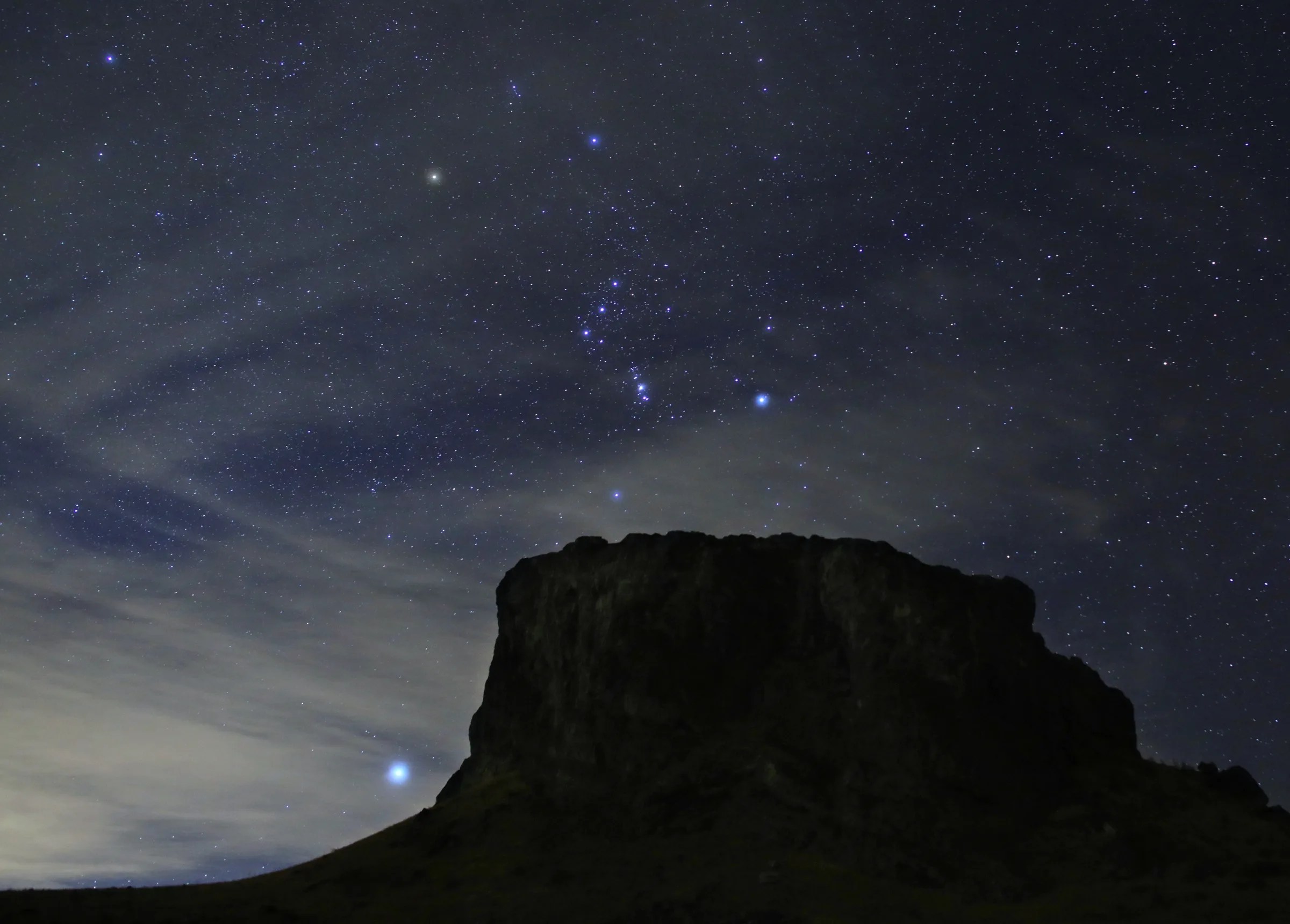Tips & Guides
 The Perseids Meteor Shower.01
The Perseids Meteor Shower.01How to Photograph a Meteor Shower
Taking photographs of a meteor shower can be an exercise in patience as meteors streak across the sky quickly and unannounced, but with these tips – and some good fortune – you might be rewarded with a great photo.
 Observing the Moon with binoculars in Texas, USA.02
Observing the Moon with binoculars in Texas, USA.02Binoculars: A Great First Telescope
A first telescope should be easy to use and provide good quality views while being affordable. As it turns out, those requirements make the first telescope of choice for many stargazers something unexpected: a good pair of binoculars!
 The constellation Orion.03
The constellation Orion.03How to Find Good Places to Stargaze
If you're hoping to do some skywatching, but you're not quite sure how to find a great spot, we have you covered. Here are some key things to know about how to find the best places for stargazing.
Latest Content
Stay up-to-date with the latest skywatching tips and facts from NASA.

NASA HEAT Student Activity Featured in TIME’s Top 100 Photos of 2024
On April 8, 2024, tens of millions experienced a solar eclipse from Mexico through the United States and into Canada. Astronomers, educators, and organizations had been preparing the public for this grand celestial event. Learning from engagement experiences in 2017,…

The Next Full Moon is the Wolf Moon
The next full Moon is the Wolf Moon; the Ice or Old Moon; the Moon after Yule; the start of Prayag Kumbh Mela; Shakambhari Purnima; Paush Purnima; the Thiruvathira, Thiruvathirai, or Arudhra Darisanam festival Moon; and Duruthu Poya. The next…

January’s Night Sky Notes: The Red Planet
Have you looked up at the night sky this season and noticed a bright object sporting a reddish hue to the left of Orion? This is none other than the planet Mars! January will be an excellent opportunity to spot…

Astronomy Activation Ambassadors: A New Era
The NASA Science Activation Program’s Astronomy Activation Ambassadors (AAA) project aims to measurably enhance student Science, Technology, Engineering, and Mathematics (STEM) engagement via middle school, high school, and community college science teacher professional development. In 2024, AAA transitioned its focus…

What’s Up: January 2025 Skywatching Tips from NASA
Four Planets in One View! Each evening this month, enjoy a sweeping view of four bright planets at once. Also look for a close approach of Venus and Saturn, Mars occulted by the Moon, and meteors! Skywatching Highlights January 3…




